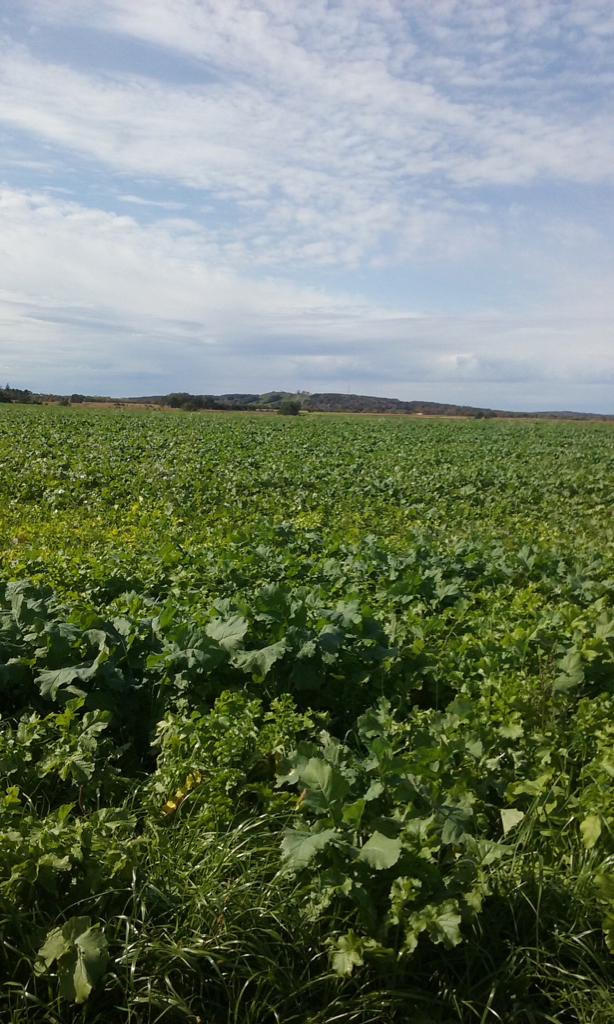I have a new property that includes 40 acres of soybeans/corn that has been farmed by a local guy on a year to year cash rent basis. I'd like him to do a cover crop over next winter but I don't really understand the economics of it and I'd like to know that going into the conversation. I will reach out to NRCS to see if there are active programs for helping with the funding but otherwise, I am curious if anyone has gone through this and what should my expectation be? Is that a net expense to the farmer and he'll want a lower cash rent rate or does the cover crop offset enough of the fertilizer requirement the next year so maybe it is a wash?
The idea of a 40 acre food plot put in by somebody else, on somebody else's dime, seems appealing but I don't know what I don't know. Thanks!
The idea of a 40 acre food plot put in by somebody else, on somebody else's dime, seems appealing but I don't know what I don't know. Thanks!

